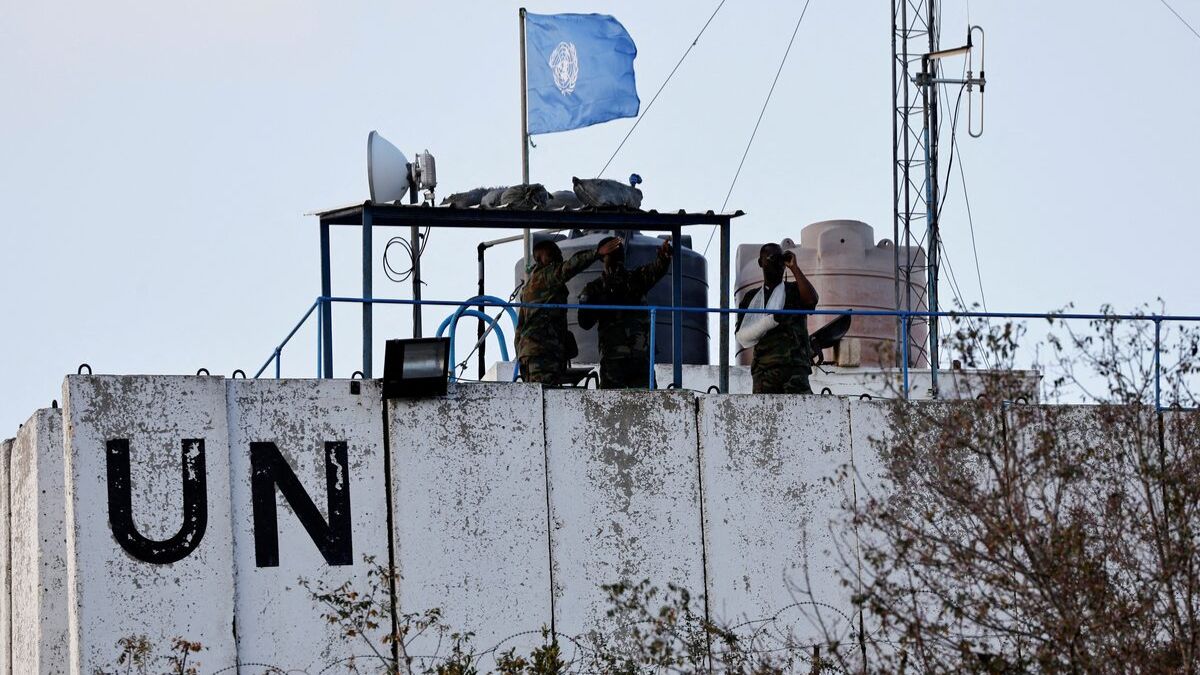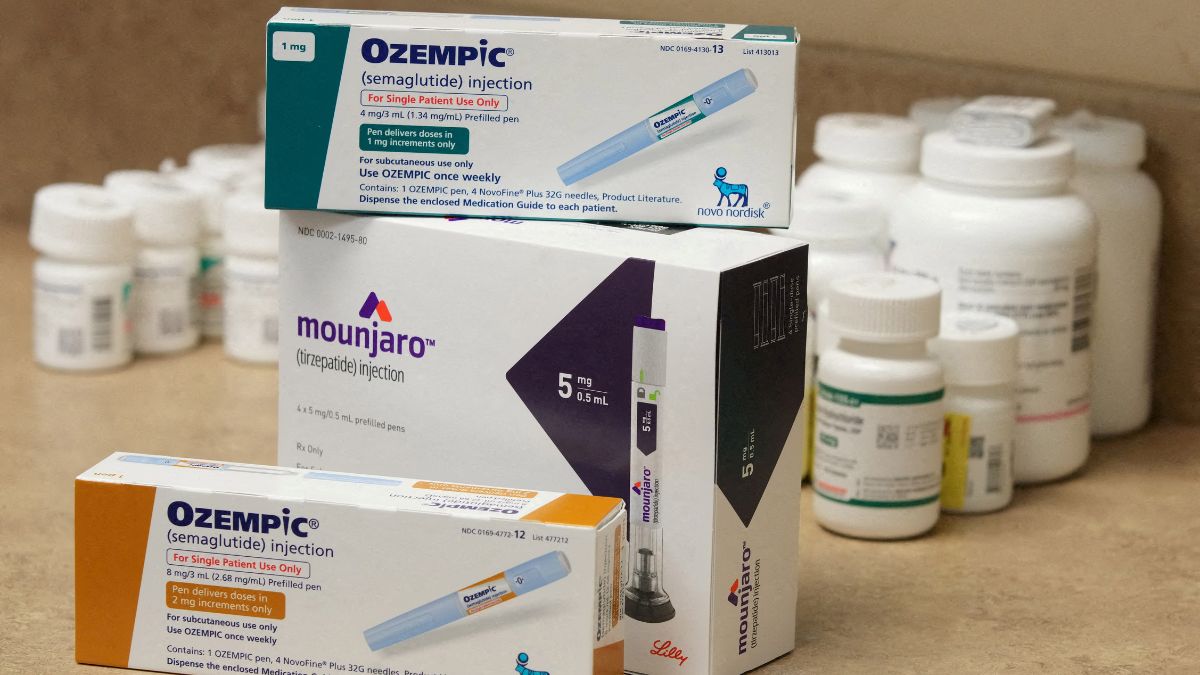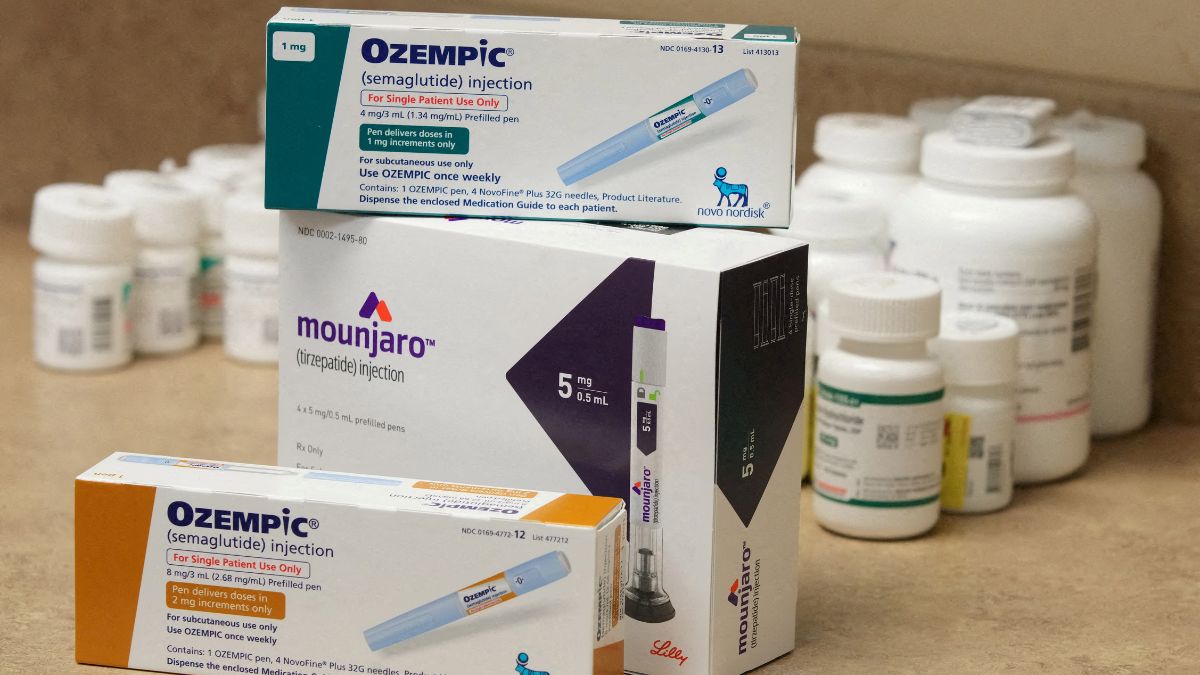US President Donald Trump wants the Zaporizhzhia nuclear power plant in southern Ukraine. According to a US statement, Trump apparently proposed transferring ownership of Ukraine’s power plants to the United States for long-term security during a recent telephone conversation with Volodymyr Zelenskyy.
Zelenskyy later clarified during a media interaction that the discussion with Trump indeed revolved specifically on the Zaporizhzhia Nuclear Power Plant (ZNPP) in southern Ukraine. According to The Guardian, he said, “We talked only about one power plant, which is under Russian occupation.”
A notable contradiction exists in the fact that the Zaporizhzhia Nuclear Power Plant, despite its connection to the Ukrainian energy grid, remains inoperative and has been under Russian control from the outset of the hostilities.
But Trump’s demand has got everyone thinking what this move means and how it will affect the involved parties, namely Russia and Ukraine?
Who holds power over the Zaporizhzhia Nuclear Plant today?
Russia is currently exercising power on one of the world’s largest and Europe’s biggest nuclear plant facility. They occupied it in the initial days of the war in February 2022. Notably, the city of Zaporizhzhia which is largest in the region, remains under Ukrainian control, even as Russia declared the region annexed in the fall of 2022.
Ukraine has levied accusations against Russia, alleging the deployment of troops and weaponry at the Zaporizhzhia plant and its use as a launching point for operations across the Dnipro River. Russia, however, rejects these claims, counter-accusing Ukraine of conducting artillery attacks on the facility.
How many nuclear power plants does Ukraine have?
Beyond the Zaporizhzhia Nuclear Power Plant, Ukraine possesses three additional operational nuclear power generation facilities. These have become the primary source of the country’s electricity supply in the wake of sustained Russian military actions targeting thermal and hydroelectric power plants.
The three nuclear facilities are strategically positioned in the southern, western and northwestern regions of Ukraine, thereby maintaining a safe distance from active frontline areas.
What was the topic of discussion between the two leaders?
A White House statement from Secretary Marco Rubio and National Security Adviser Mike Waltz revealed that Trump suggested to Zelenskyy during a Wednesday call that Ukraine consider transferring power plant ownership to the US for long-term security.
“American ownership of those plants could be the best protection for that infrastructure,” Trump suggested, according to the statement.
Later during a press conference, Zelenskyy conveyed to journalists that the discussion with Trump primarily focused on the Zaporizhzhia nuclear power plant and he later emphasised that the ownership of the other three plants was not broached. “All nuclear power plants belong to the people of Ukraine,” he said.
Zelenskyy said that when they discussed Zaporizhzhia, the US leader had inquired about the facility’s future. “Trump asked my thoughts on the plant,” Zelenskyy said. “I told him that if it is not Ukrainian, it will not operate. It is illegal.”
Even though ZNPP is a state-owned plant, Zelenskyy acknowledged that if the US were to claim it from Russian control, invest in it and modernize it, Ukraine might consider it. “That is a separate question, an open one,” he said.
What is the current state of Zaporizhzhia’s nuclear plant?
Following its transition to Russian control, the operational integrity of the Zaporizhzhia Nuclear Power Plant has diminished. Though the six reactors have been decommissioned for a number of years, they remain dependent on external power and specialised personnel to ensure the functionality of cooling systems and critical safety features.
According to Energoatom, Ukraine’s state nuclear operator, Russian forces coerced Ukrainian employees at the plant into signing contracts with Russian authorities and accepting Russian citizenship. Those who declined were subjected to abduction or threats, resulting in a mass exodus and severe understaffing, thereby complicating management.
The collapse of a dam in June 2023 further jeopardised the plant’s cooling systems, which relied on water from the reservoir. In response, plant administrators dug wells, according to the International Atomic Energy Agency (IAEA).
Zelenskyy said extensive repairs would be needed before the plant could operate again, estimating the process could take at least two years. The IAEA has repeatedly warned the war could cause a radiation leak. While the plant no longer produces electricity, it still holds large amounts of nuclear fuel, requiring constant cooling.
Regular blackouts caused by the fighting have disrupted the facility, though power has been quickly restored each time. IAEA experts permanently stationed there still face restricted access, with Russian authorities blocking some inspection requests, according to IAEA head Rafael Grossi.
Is a breakthrough deal on the horizon?
Zelenskyy said the discussions with Trump on restoring Zaporizhzhia were a positive step, but cautioned that no one would work at the plant if Russian forces remained stationed nearby.
Control over the plant is likely to remain a legal and logistical challenge, intertwined with a highly divisive issue for both warring sides: control over the land itself. Russian troops hold the area, while Ukrainian forces are separated from it by the Dnipro River and more than 100 kilometers (62 miles) of terrain.
“Simply handing over the plant while everything within a meter of it remains occupied or armed by Russia — no one will work under such conditions,” Zelenskyy said after the call with Trump. “It’s impossible.”
He said there would be no way to operate securely in such a scenario. “That would mean that the plant could start operating tomorrow, only to be blown up by the Russians the following day.”
With inputs from AP


)
)
)
)
)
)
)
)
)



